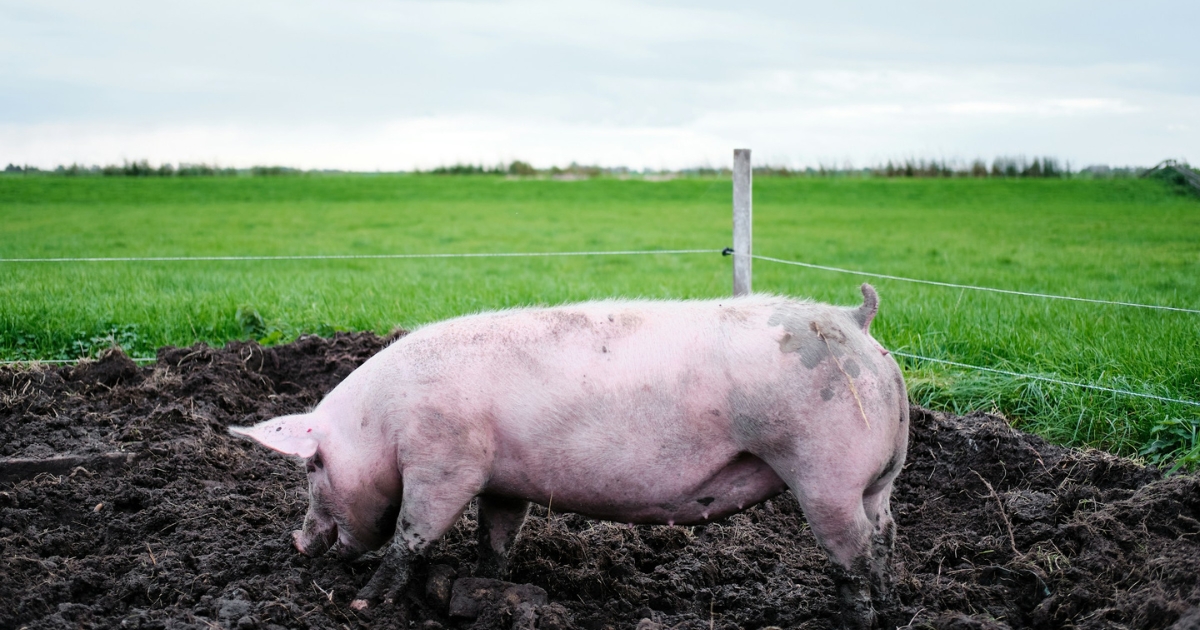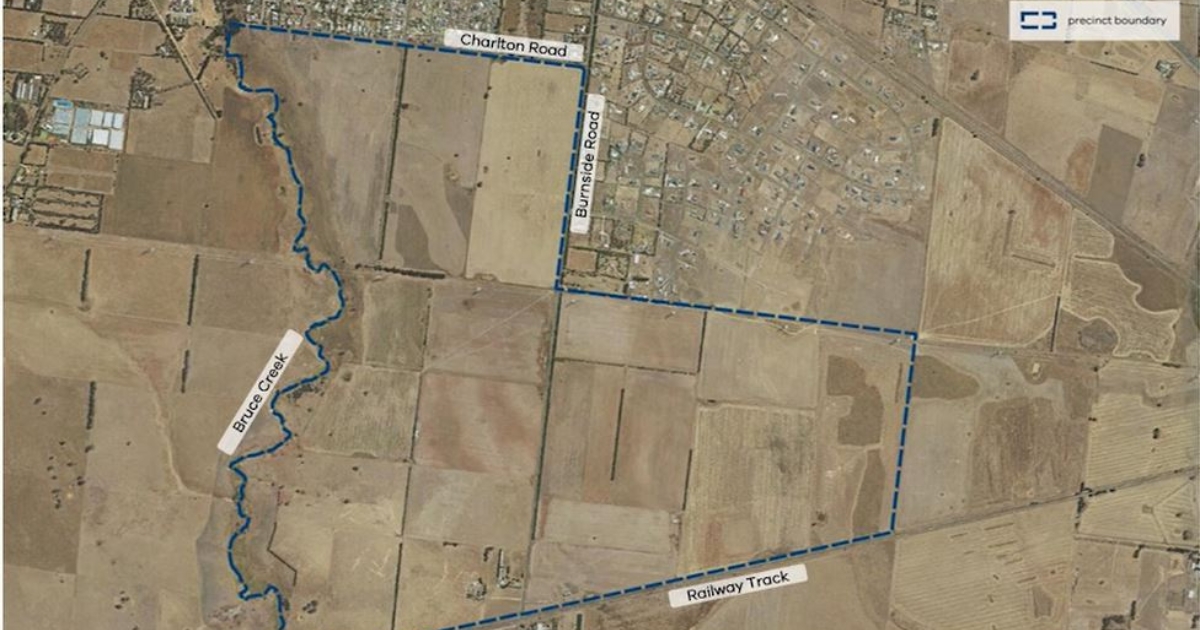Our Begonia Festival evolves over the years

Great in 88: By the Nation’s bicentenary the floral carpet had become a mainstay of the Festival, having first begun in the year of Victoria’s 150th anniversary. Photos: SUPPLIED.
From then until now, part two on the history of the Fest
BY RON EGEBERG
BUOYED by the success of the first Begonia Festival in 1953, the second festival was tagged the ‘Royal Visit Begonia Festival’ with the visit of the newly crowned Queen Elizabeth II.
By 1955 and the third festival and start of the Open Air Art Show.
Premier Henry Bolte opened the 1958 festival, and it was also visited by the Queen Mother.
In 1960, the then ‘new’ begonia glasshouse in the Botanical Gardens was opened and the famous floral clock was installed. It was the largest electrically motorised floral clock in the world at the time, and was presented to the festival by the City of Ballarat.
Television was here and from the festival, BTV-6 presented In Ballarat Tonight. Hector Crawford was now conducting the Victorian State Symphony Orchestra and it performed at the Botanical Gardens Sound Shell. The commemorative mail no longer arrived by Cobb and Co coach but by an Ansett-ANA helicopter.
Radio station 3BA had 10 minutes of Begonia Festival news on each evening at 6.05pm.
The floral carpet became an annual feature of the Festival. It originated in Ballarat during Victoria’s Centenary year (1951) and continued to be the major feature of the Begonia Festival until 2002.
In 1964 the “carpet” was the first large-scale, live-flower floral carpet. It measured 30 feet by 21 feet and featured over 700,000 especially grown blooms
In 1965 the Caltex car rally was introduced, and 1966 saw the inclusion of the sheepdog trials, mannequin parade, philatelic exhibition, and Highland Day.
Then came the 1970s and Ballarat’s population had reached 60,000.
For its 19th year, the festival introduced the “Illuminated fairyland magic – with all your favourite nursery rhyme characters in authentic settings” and the Heinz Begonia Baby Quest.
The air pageant also proved to be a successful new attraction and the Civic Hall was turned into ‘Ballarat’s first nightclub’ for Nightclub Mexicana.
For the Festival’s 21st birthday in 1973, a rock festival and a rock concert were held, and by 1974 there was the youth arts festival, a visit from Peter Pan and Captain Hook (direct from Disneyland), a country and western concert, a visit from Johnny Young and the Young Talent Time team, and a touring play performed by the Melbourne Theatre Company.
At the 25th anniversary in 1977, it was proclaimed, “Local service clubs, community groups, cultural organisations, youth clubs, etc. all assist each year in offering their services to ensure the overall success of the 11-day festival – amplifying the fact that the Begonia Festival is a ‘people’s festival’ and a community event.”
By 1979 the festival was a major tourist attraction and cultural event.

Many of the major events, by then, were sponsored individually but the community ‘core’ was still there. It was still the ‘community at large’ and in excess of 300 volunteers continued to make the festival come alive.
The Premier of Victoria at the time, Rupert Hamer, officially opened the Festival “in conjunction with Friday late-night shopping.
As the Begonia Festival moved into the 1980s, an air spectacular at the municipal airport and a literary award increased the sporting and cultural activities and a multicultural International Day was also introduced.
At that time, the introduction of principal sponsors, major sponsors and donors reflected the growing profile of the Begonia Festival. However, despite the fact that out-of-towners were giving money to the festival, the stable core of support from local businesses had not diminished.
In 1985, the festival celebrating its 33rd year and extended itself to 16 days, to coincide with Victoria’s 150th celebrations.
In 1990, the Begonia Festival won the Ballarat Chamber of Commerce Hospitality and Tourism Award, the Festivals Award in the Victorian Tourism Awards, the VicHealth Excellence in Sponsorship Award and the ‘biggie’ – the Festival of the Year in the Australian Tourism Awards.
The Festival also signed a sister festival agreement with the Capitola Begonia Festival in California – the only other begonia festival in the world and was also successful in its bid to host the International Festivals Association Convention in 1996.
In 1992 for the 40th festival, the Marching Tigers band, drill team and colour guard were brought over from the USA through the generous sponsorship of Haymes Paint.
In 1995, the Festival received a boost with the opening of The Robert Clark Horticultural Centre. Its wonderful conservatory and community resource centre, provided the begonias and the flower and garden expo with a spectacular new home.
By the 45th festival in 1997, Ballarat had taken on a new corporate look and motto – Ballarat: birthplace of the Australian spirit. The Festival emulated this motto.
In 1999 the Begonia Festival celebrated 100 years of begonias being present in Ballarat, the year 2000 celebrated the new century and introduced the Festival’s new mascot – Russell, the Australian water dragon – and 2001 celebrated the Centenary of Federation.
By the 50th Festival in 2002, the Begonia Festival had entered the 21st century strong and stable as well as still reflecting the intentions of its founder.
The Begonia Festival had become a key component of the development and promotion of Ballarat as a major tourism destination, attracting in excess of 100,000 people to its events.
Over 66 per cent of visitors to the Festival were from outside Ballarat and 55 per cent of these intended to undertake other (than the festival) activities during their stay.
And, of course, those who came to Ballarat for the Festival returned at other times, which increased the impact of the festival on the city and the surrounding region. Widespread national and international publicity for the festival had long-term spin-offs for the area’s year-round tourism industry.
As the Festival had emerged from the community, over its 50 years, it had managed to retain that community spirit –it belonged to the local Ballarat people.
After 2002, the following years saw the Begonia Festival reduced to a three-day community event.
For 50 years the Ballarat Begonia Festival was simply ‘bloomin marvellous’
Ron Egeberg is a former Director of the Festival 1997 to 2002.


















